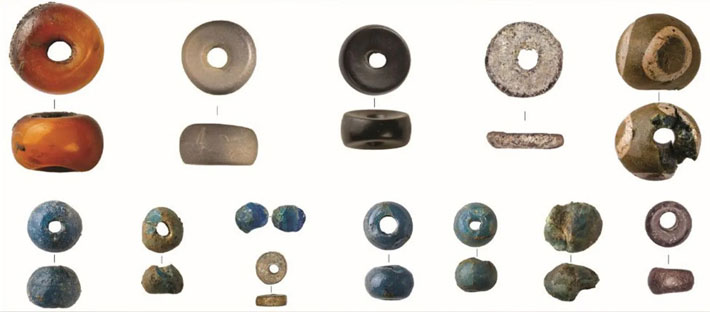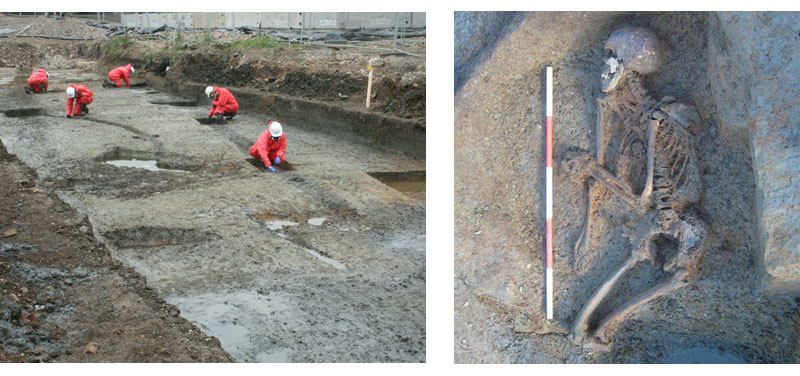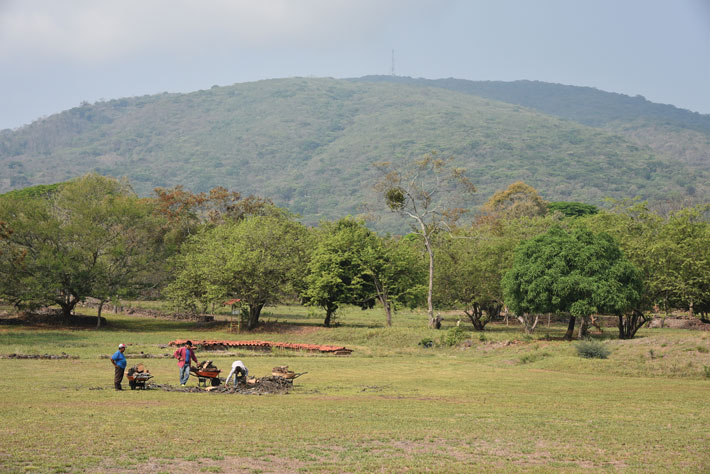
PETERBOROUGH, ENGLAND—According to a BBC News report, an analysis of beads unearthed at Must Farm suggests that most of the glass was made in what is now Iran, while the glass for one bead is thought to have come from Egypt. The site, which is located in eastern England, consists of the remains of about 10 circular houses that stood on stilts in a river before they were destroyed by fire some 3,000 years ago. Beads made of amber, shale, siltstone, faience, and tin were among the many artifacts preserved in the river’s silt. “Some of the beads must have been got from northern Britain and possibly even Ireland, while the glass came from a very, very long way across the sea," said archaeologist Alison Sheridan. The amber bead may have been made from material imported from Scandinavia, she added. “But there is also the faience bead, the only one known from this late Bronze Age period in Britain, while the tin bead is incredibly rare, as it doesn’t usually survive, it tends to oxidize,” Sheridan commented. To read about a study of the provenance of ancient gold jewelry uncovered in Ireland, go to "Bronze Age Ireland's Taste in Gold."










